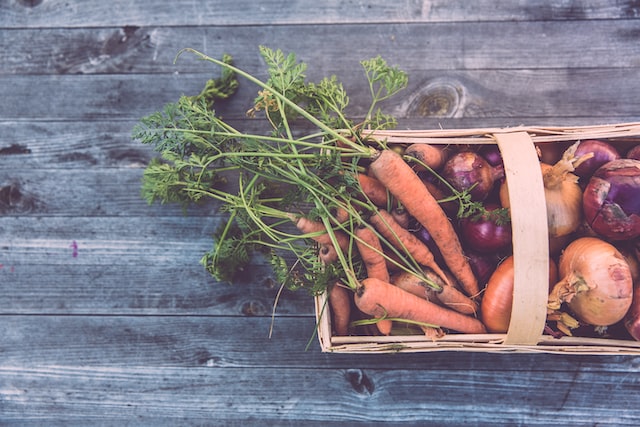By Diane Ford
If you are even a little bit like me, you found gardening this spring and summer to be a challenge. I started planting vegetables later than usual because of fluctuating temperatures and wind. I am guessing that I had no potatoes because of the cold temperatures one week and the unseasonably hot temperatures the next week even in the winter months. Then, of course, this summer was so hot and dry. I found myself wilting sometime between 9:00 and 10:00 in the morning when tending my gardens.
But the nature of a gardener is to be a problem solver and an optimist. So, perhaps a fall vegetable garden will make up for a fairly disappointing spring and summer garden. My “go to” place for gardening information is the OSU Extension Office. Their fact sheets are very helpful especially when problems arise. It turns out fall is a great time to try again when warm sunny days are followed by cool and humid nights. I am doing my little rain dance at this point.
The soil where you plant your seeds is one of the most important elements for a successful garden. Plants need organic matter for nutrients, for loosening the soil, and for holding on to moisture. This year especially, you may need to use shade cloths over rows, supplemental watering, and mulch. Seeds will not germinate without moisture or if the soil temperature is too hot. If you do not have a compost pile for gathering organic matter, you can go to a garden center to purchase bagged material. I keep a small worm farm to collect worm castings as an additive as well as a compost pile where all our vegetable, fruit, and yard waste is left to decompose for soil additives.


One problem I have in the fall is finding seed packets at local stores. Once they sell out, usually in spring and early summer, that’s it for the year. I suggest going online to find seeds. I personally like Johnny’s Seed Co., but any seed company is worth a try especially if they produce seeds that will grow in our climate.
I prepared the soil in my beds in early to mid-August. By that time, a person can plant green beans, cucumbers, squash, and carrots. I did not plant lettuce until later than recommended because of the heat. Lettuce tends to taste quite bitter when exposed to heat. In September, I will finish by planting garlic, onions, leaf lettuce, and spinach. Radishes, spinach, Swiss chard, and turnips can also be planted. The general rule of thumb is to plant seeds at a depth no more than 3X the diameter of the seed. To prevent the soil from drying out or getting too hot, spread mulch over your rows and move it to the side once the seeds have germinated. Using soaker hoses close to your seed rows will help to keep the moisture and temperature at an optimal level.
I am hopeful of getting fall tomatoes from my struggling summer plants as well as getting a small harvest from my newly planted seeds. Good luck to you, too, as we all explore modifications in our gardens.






